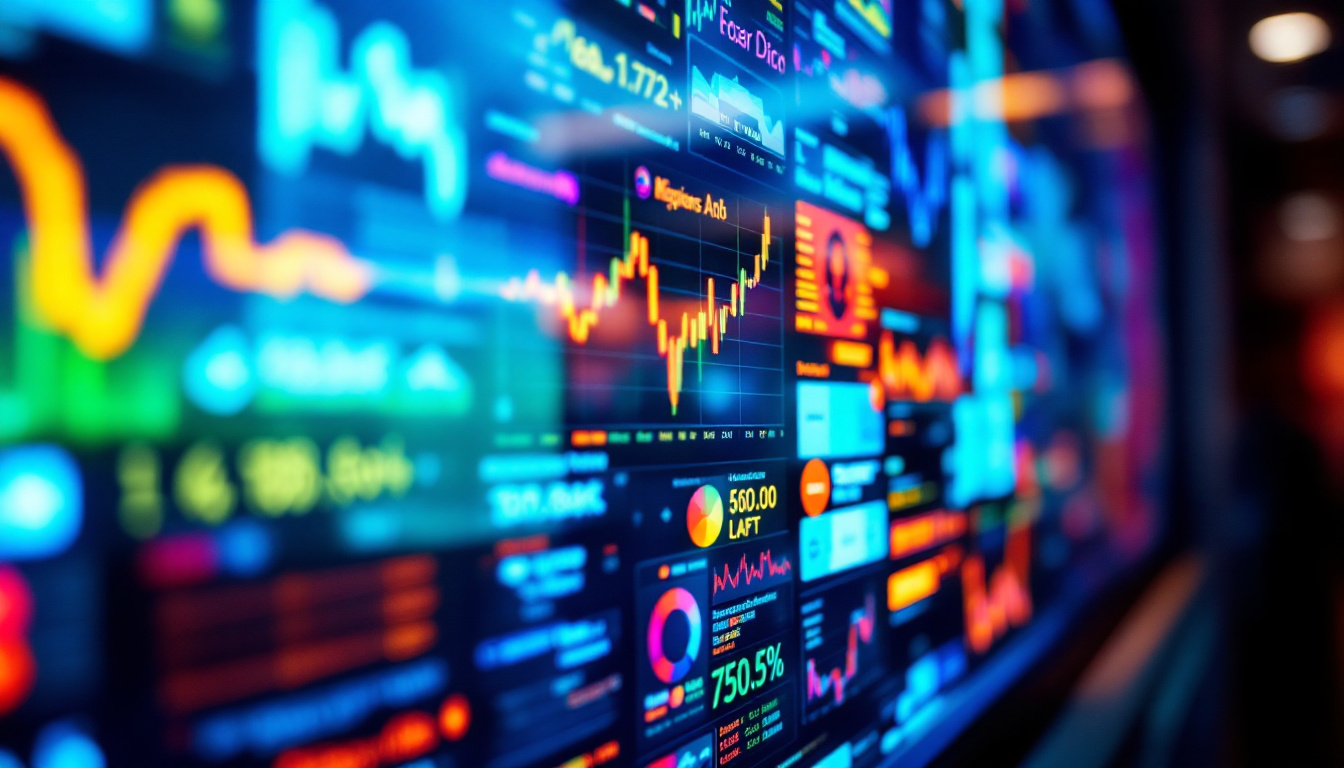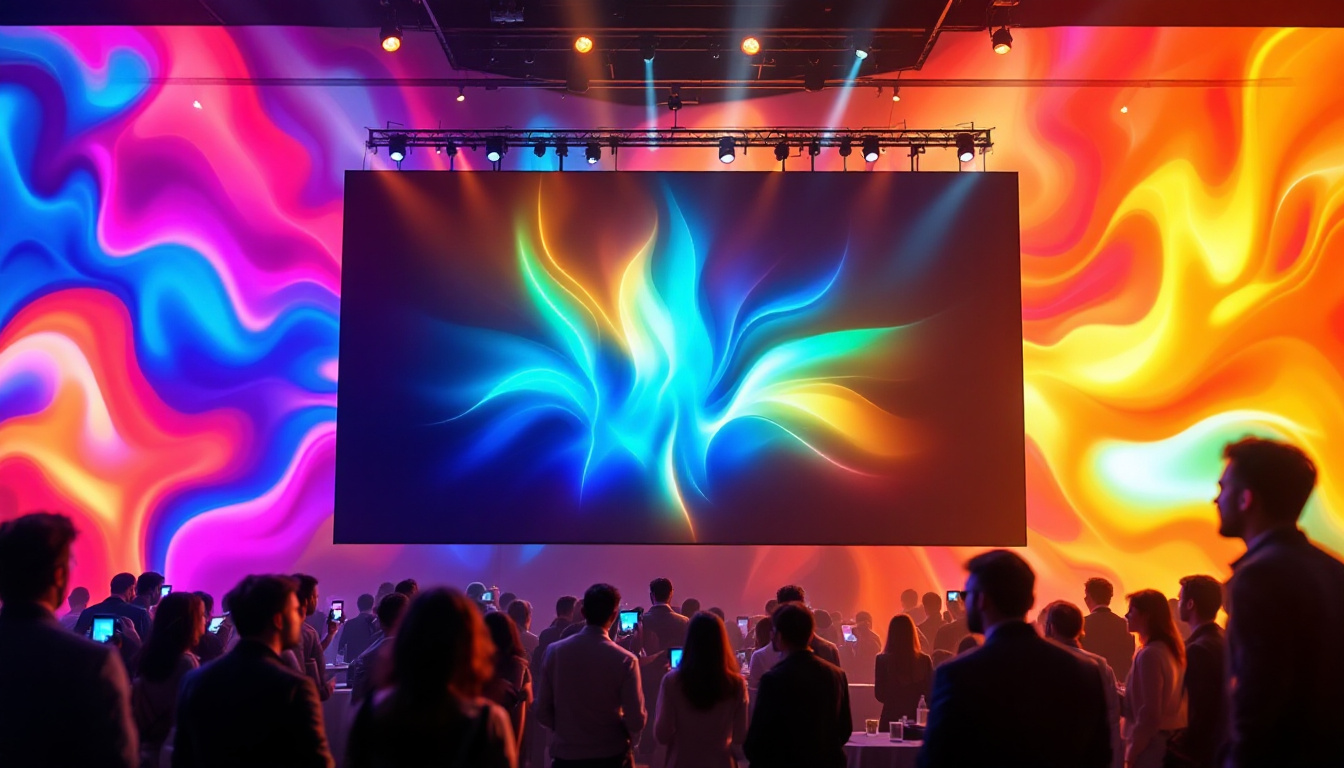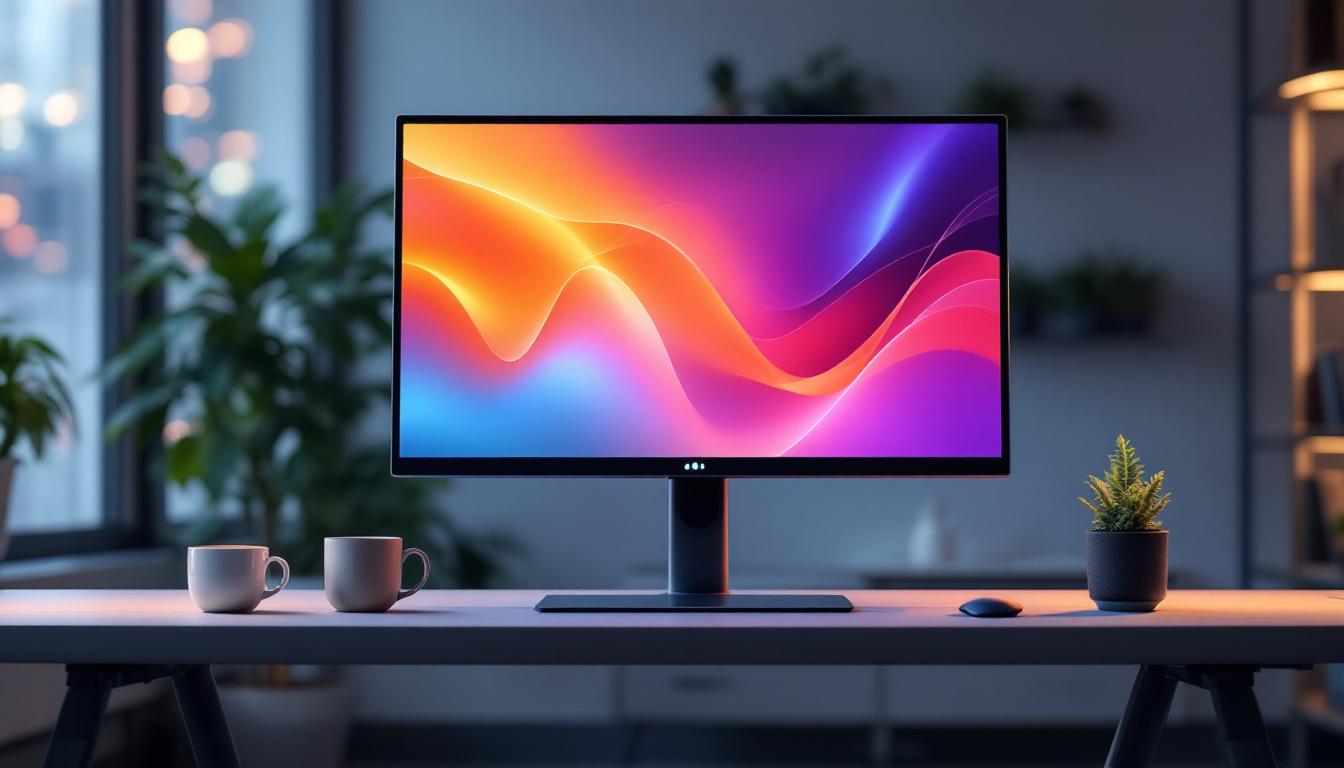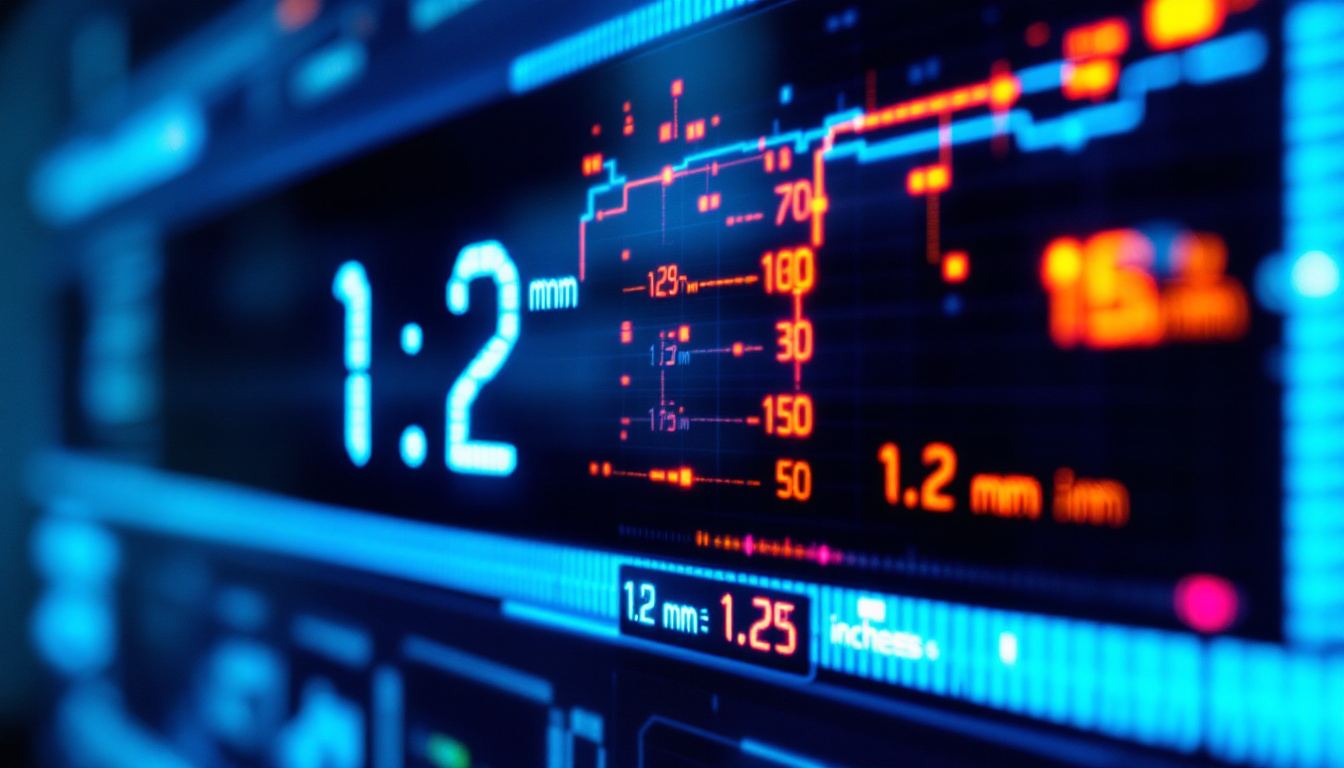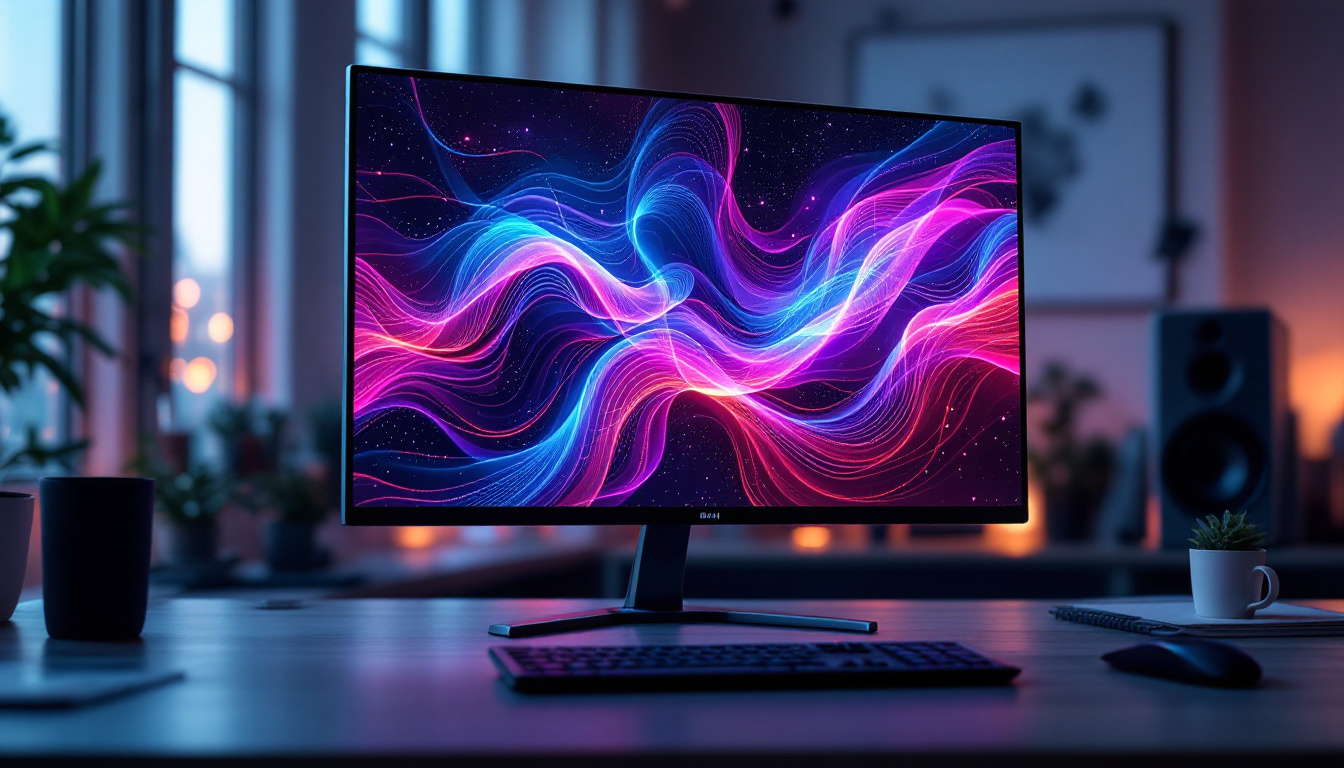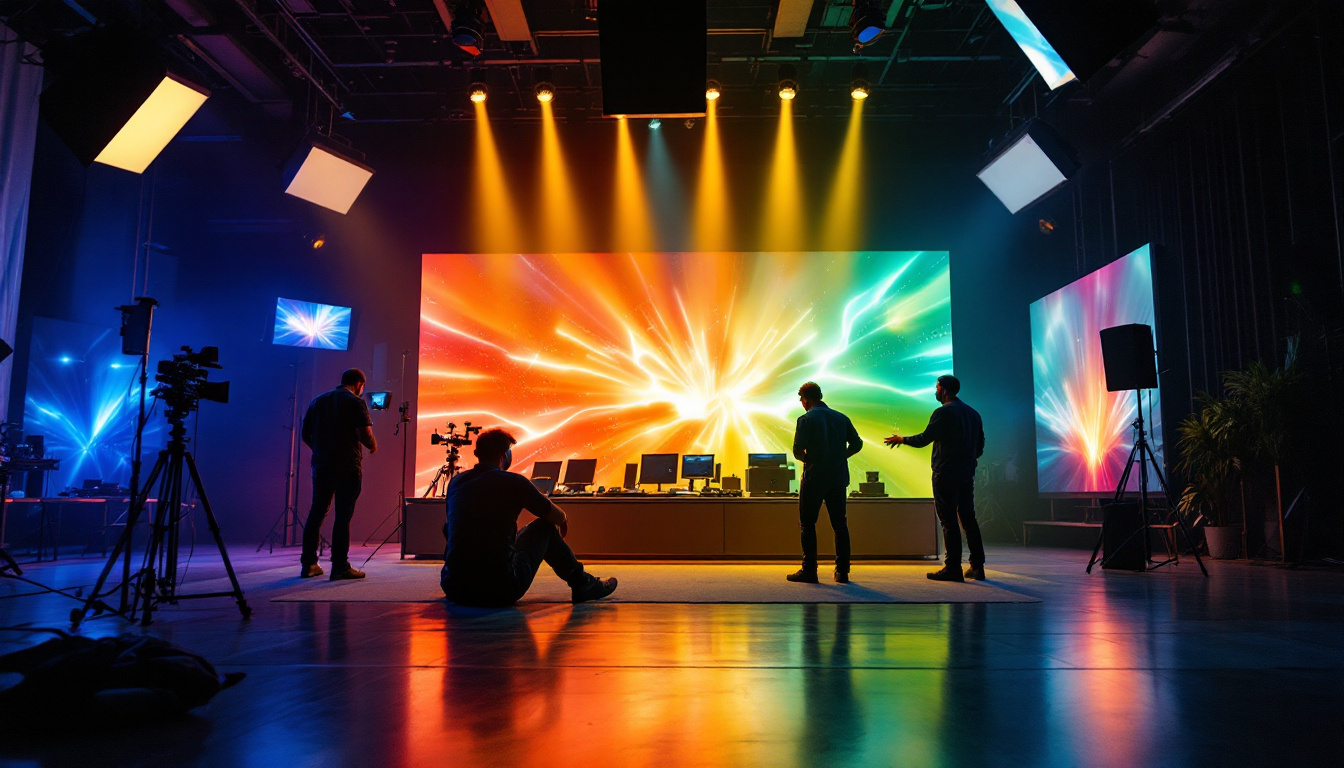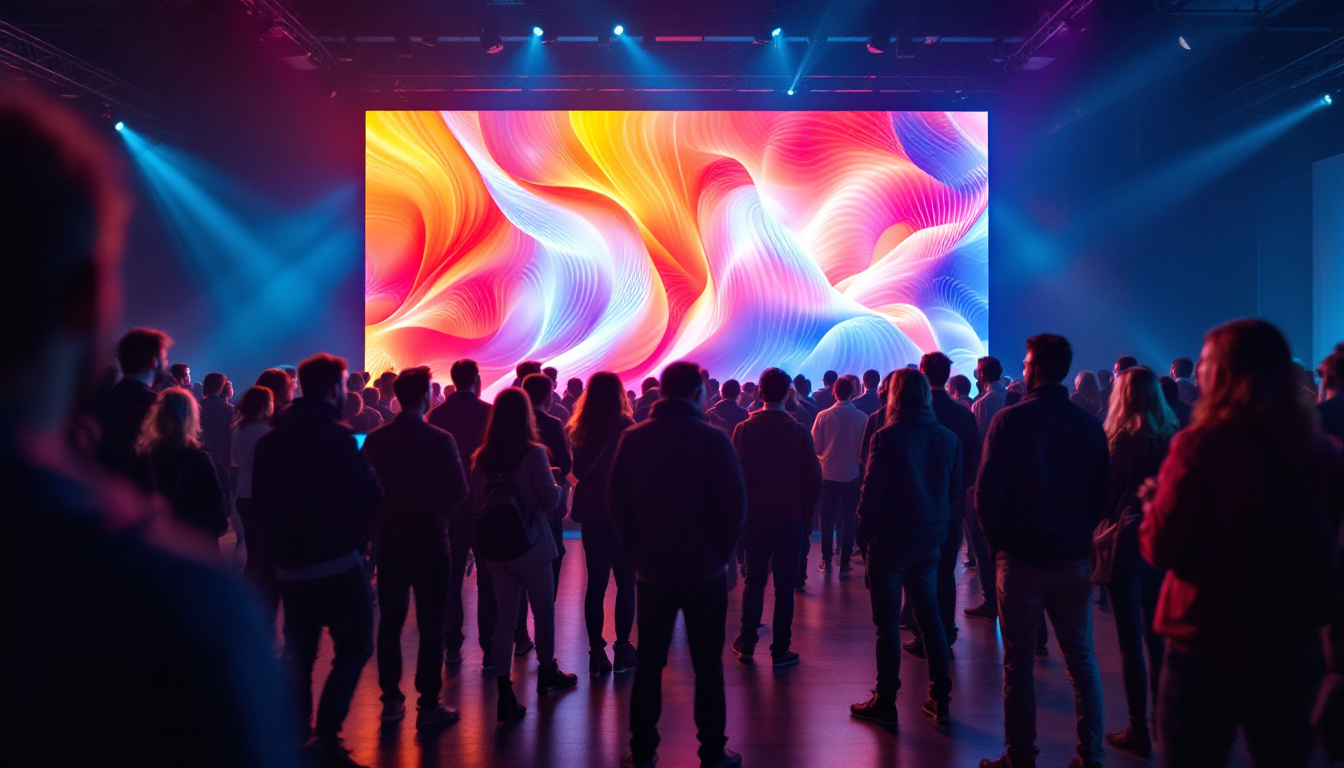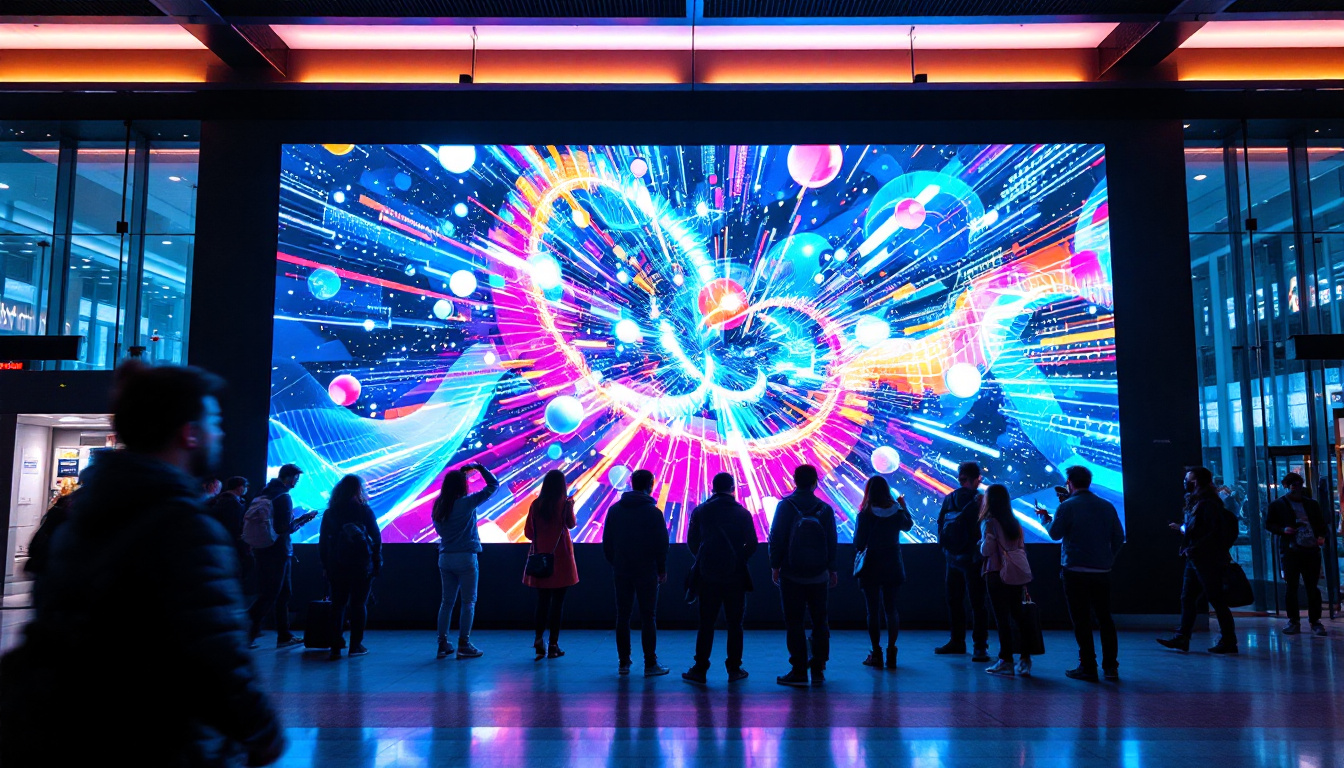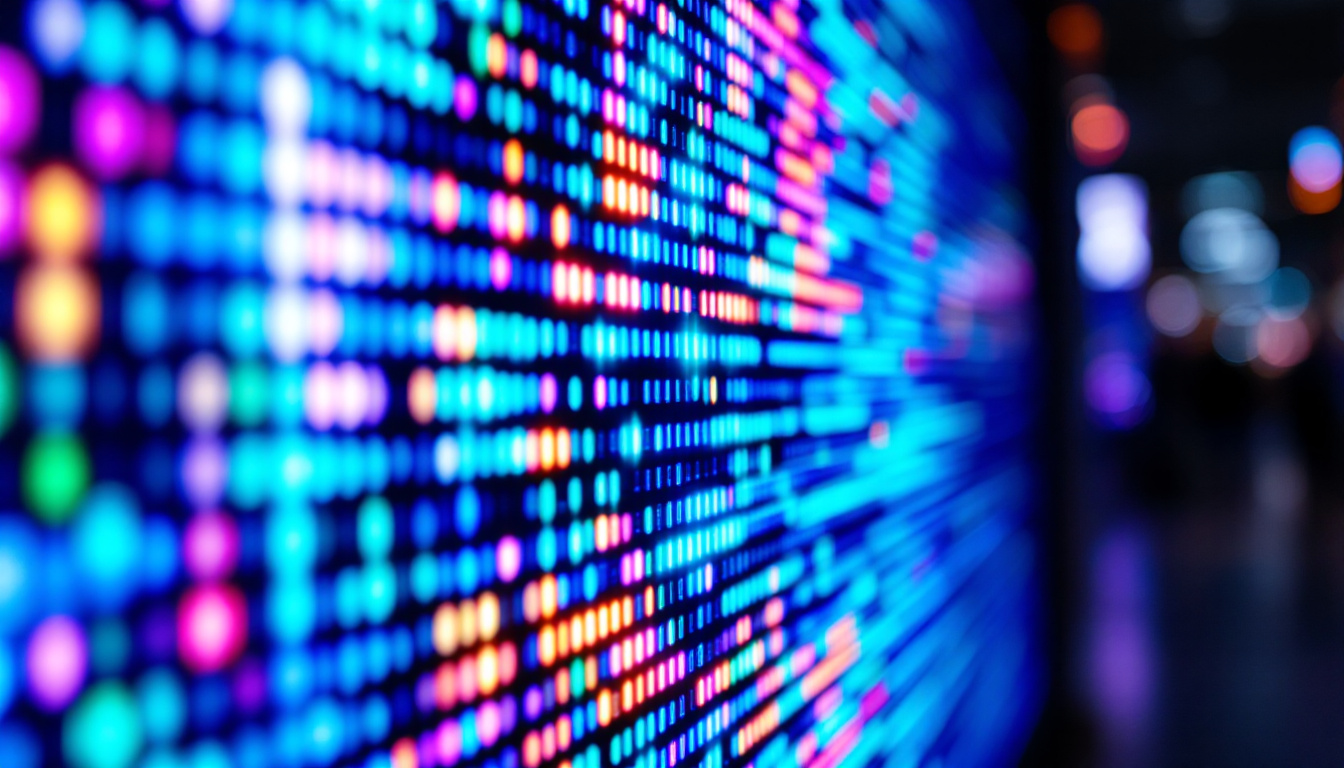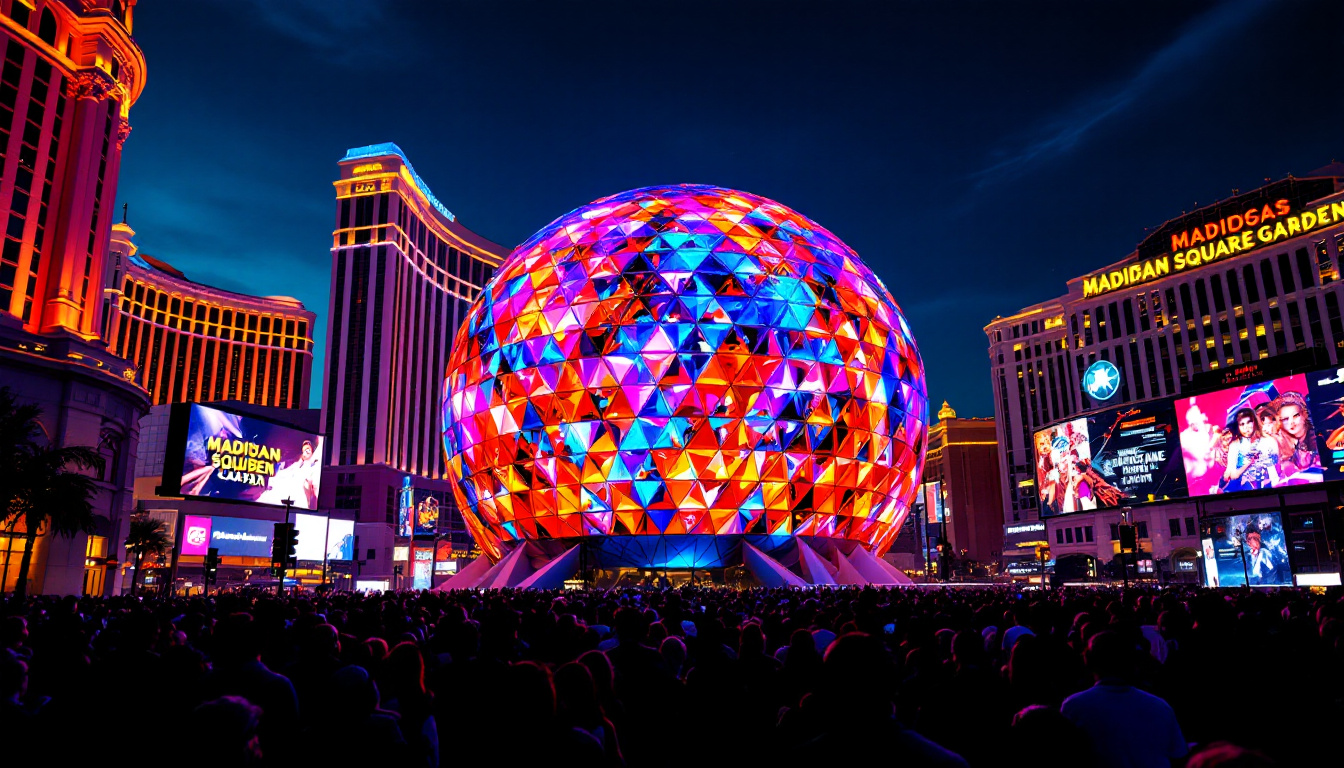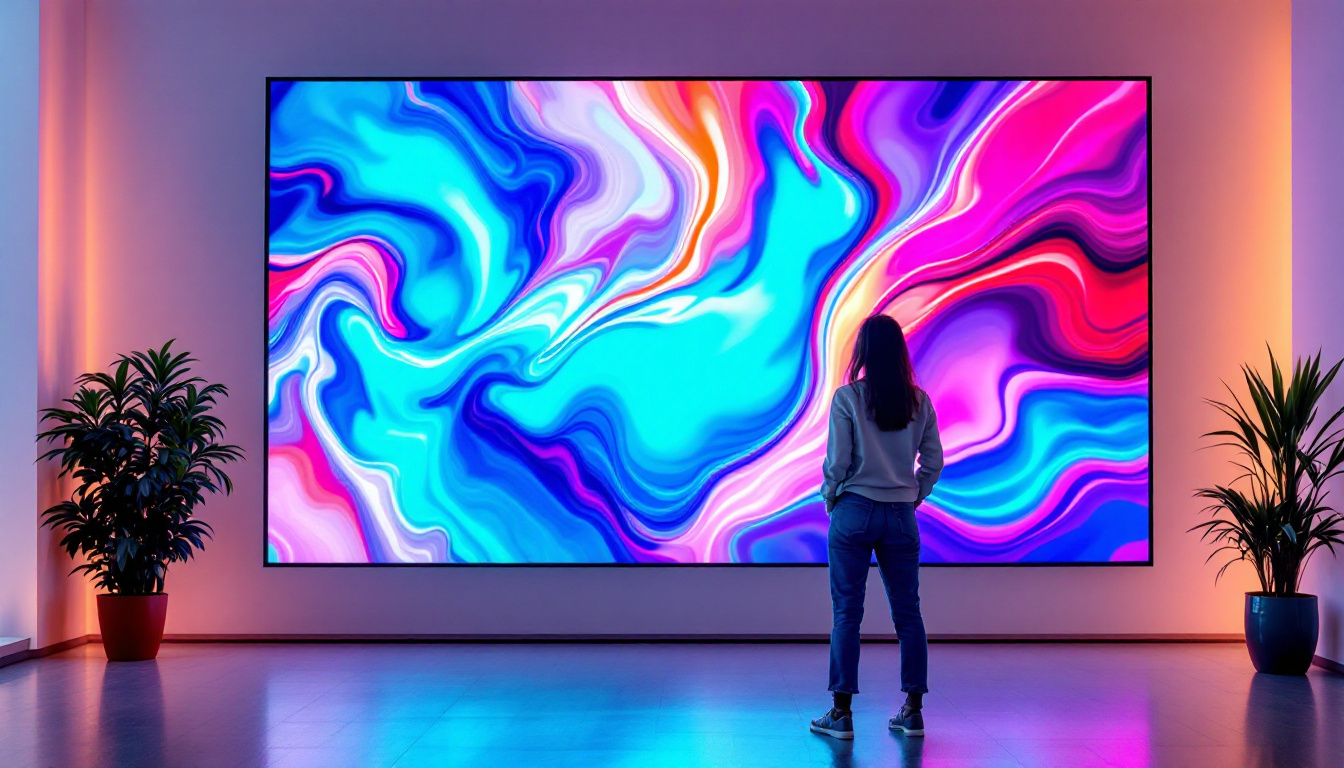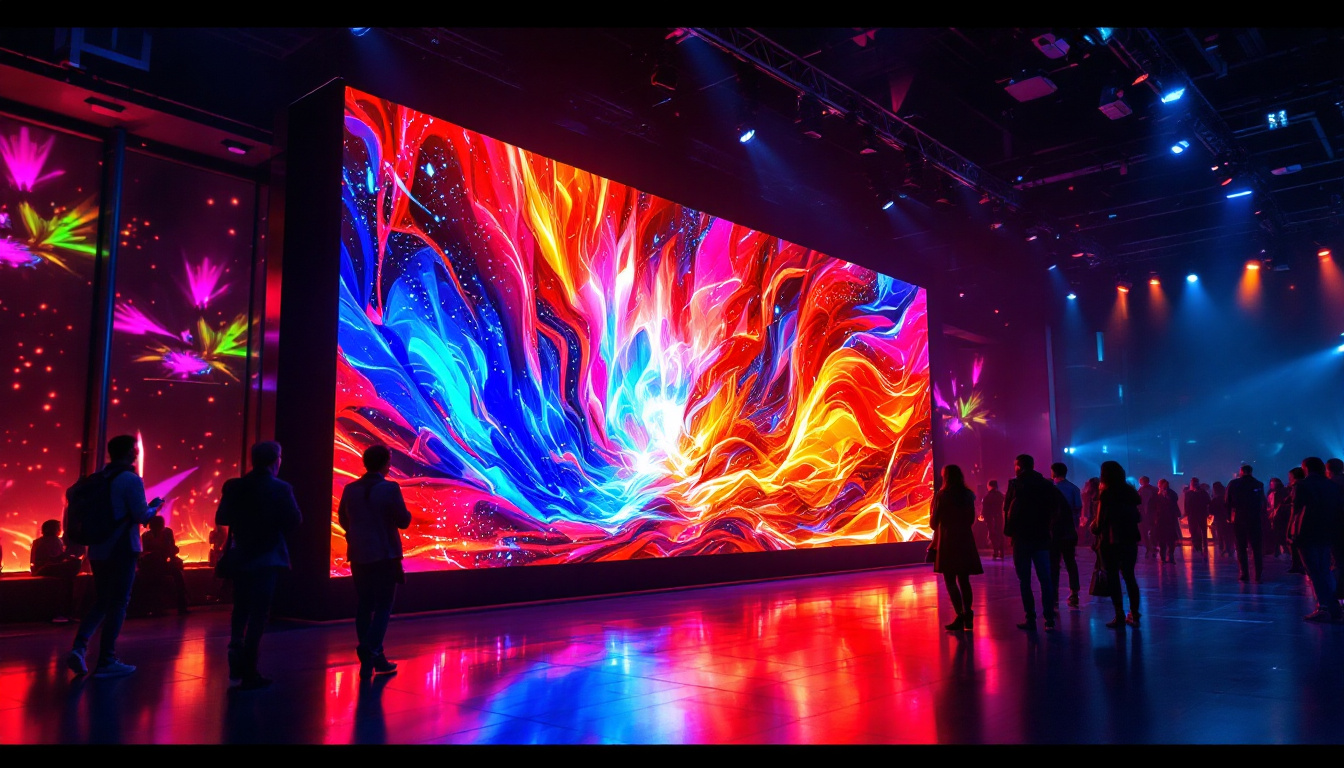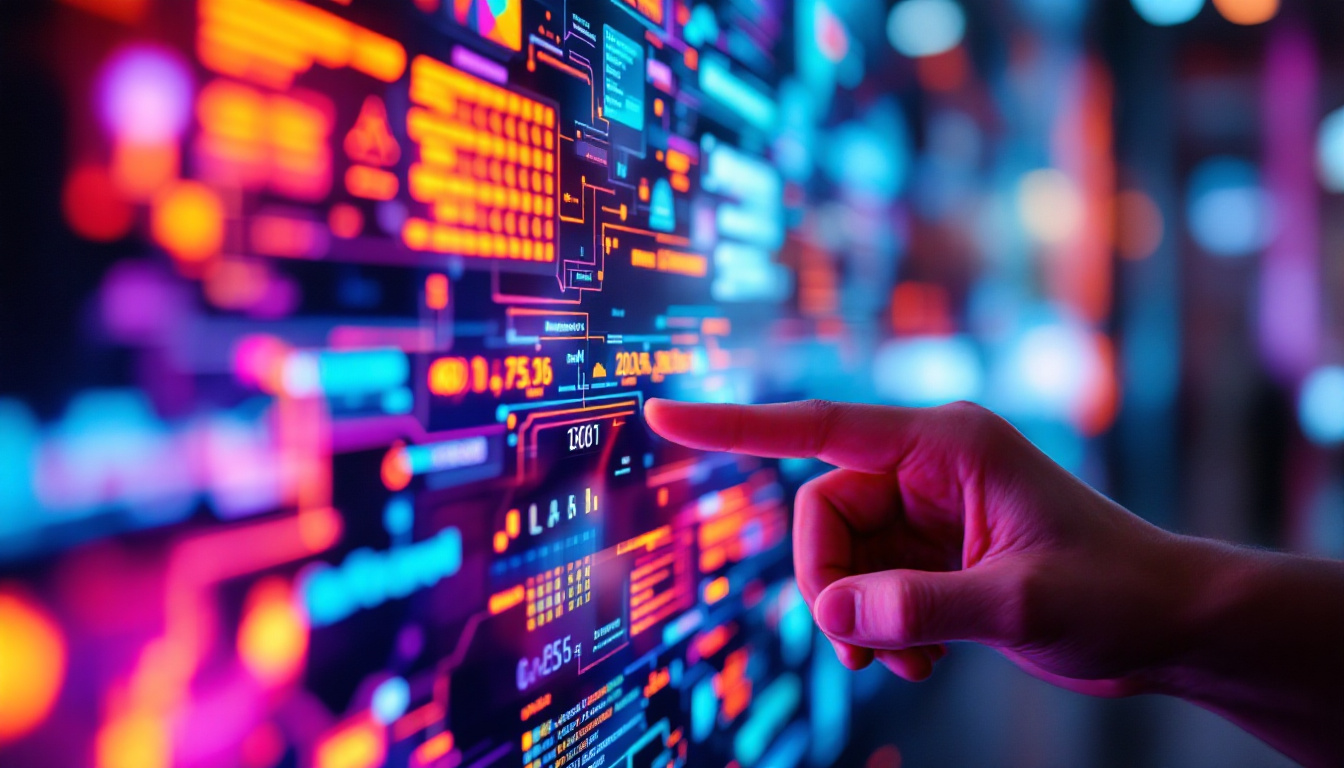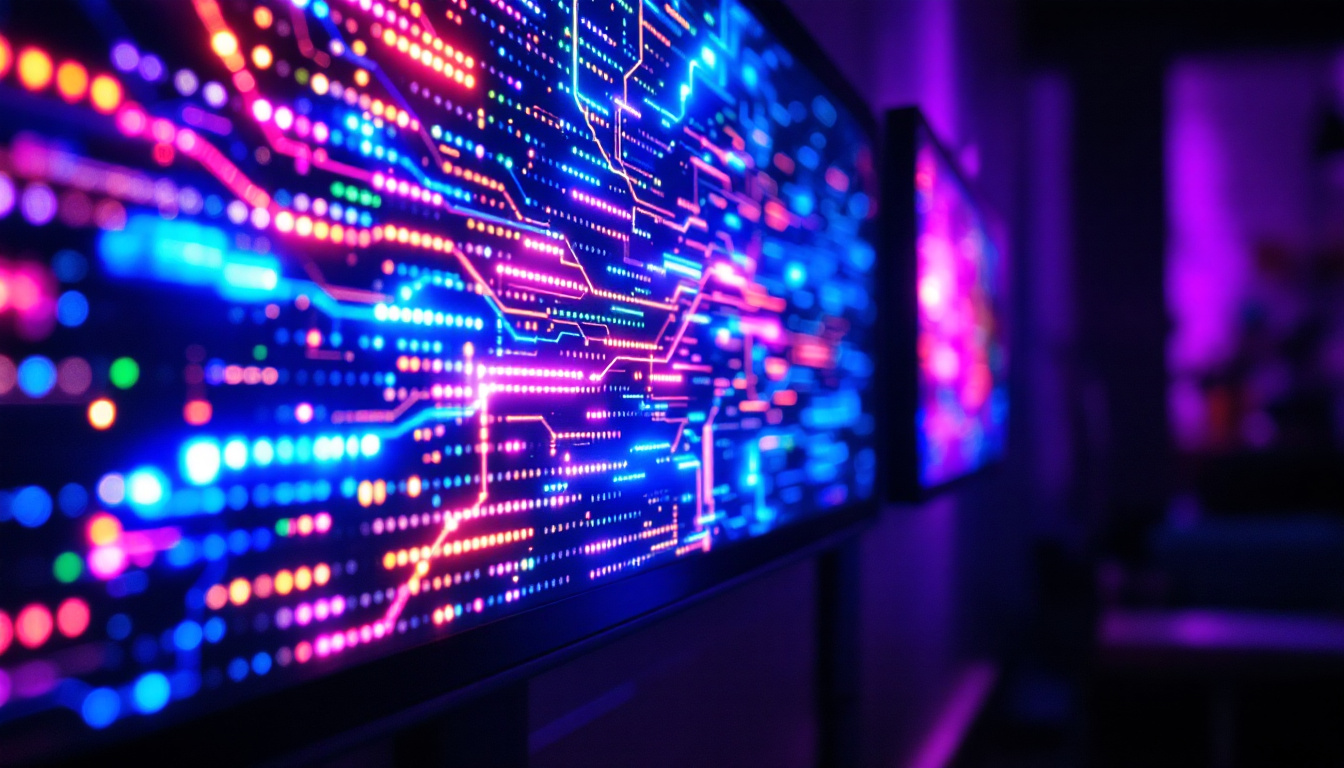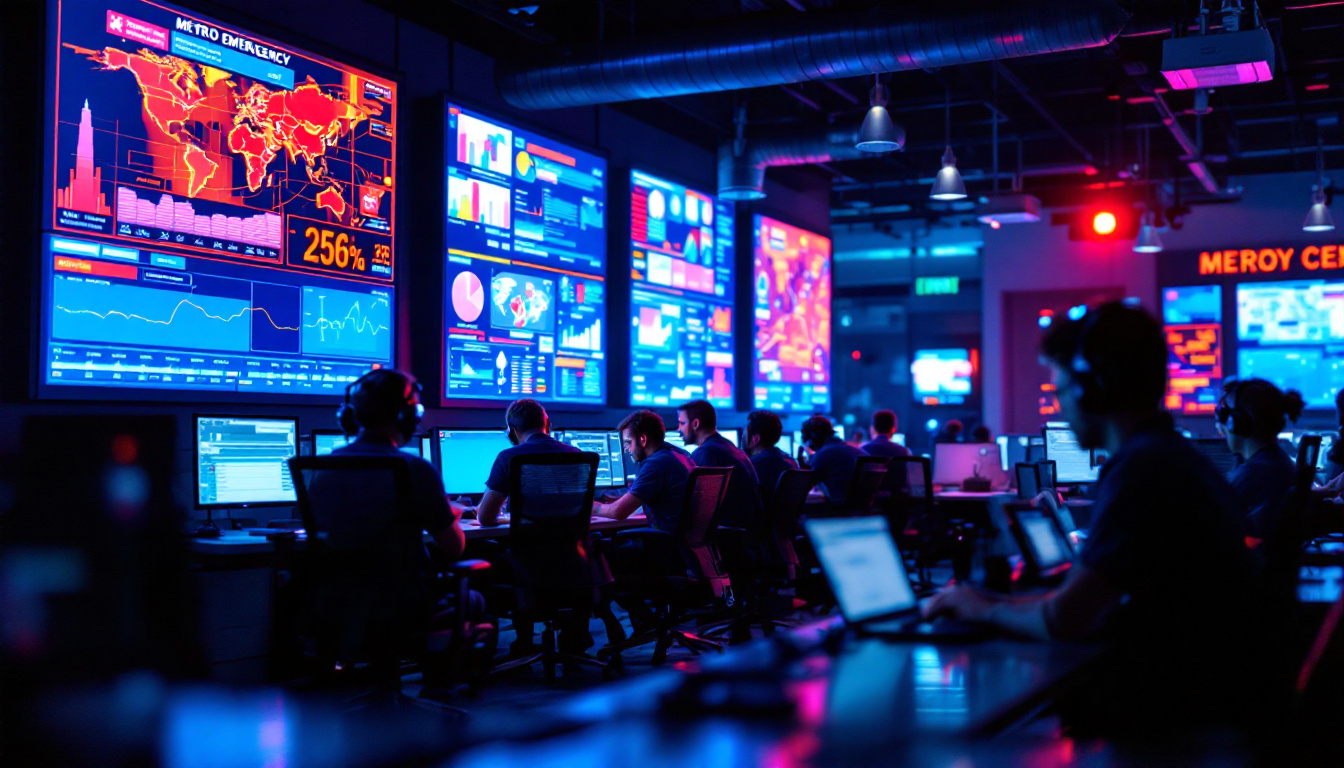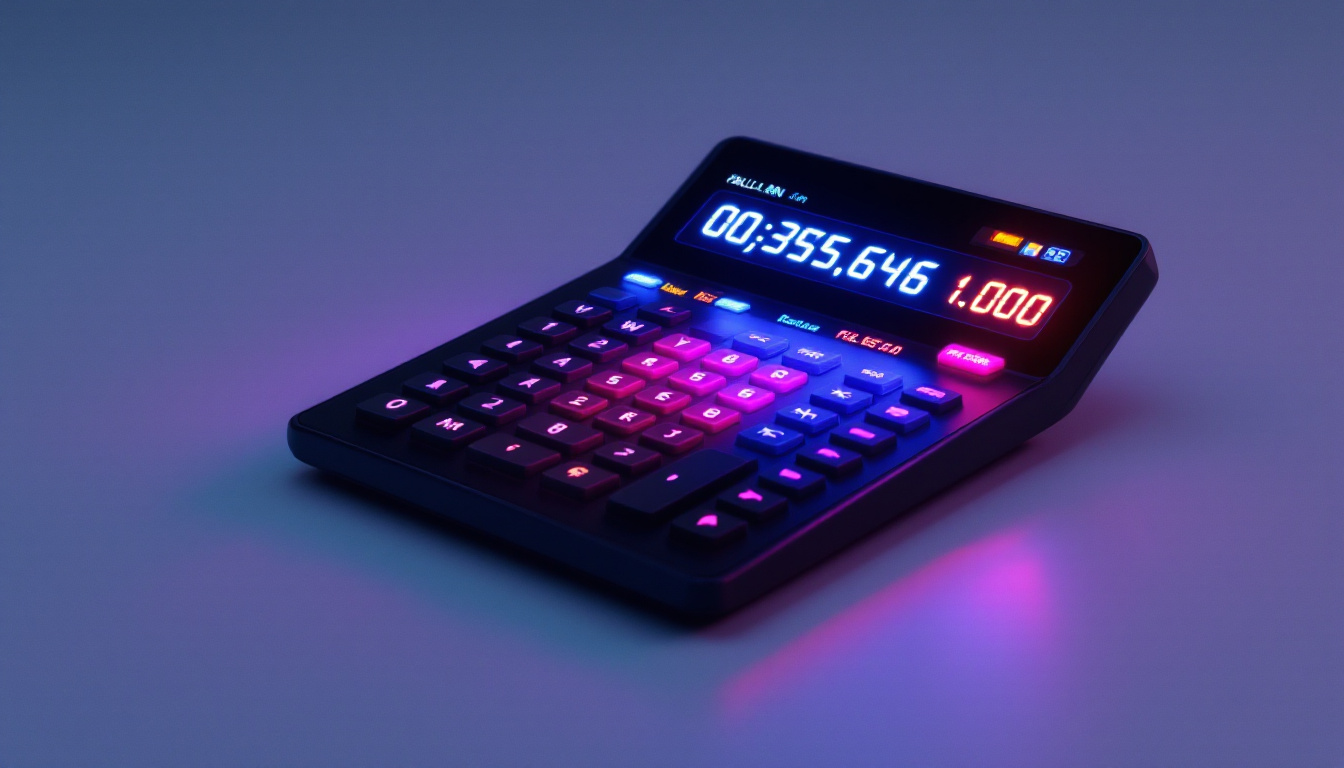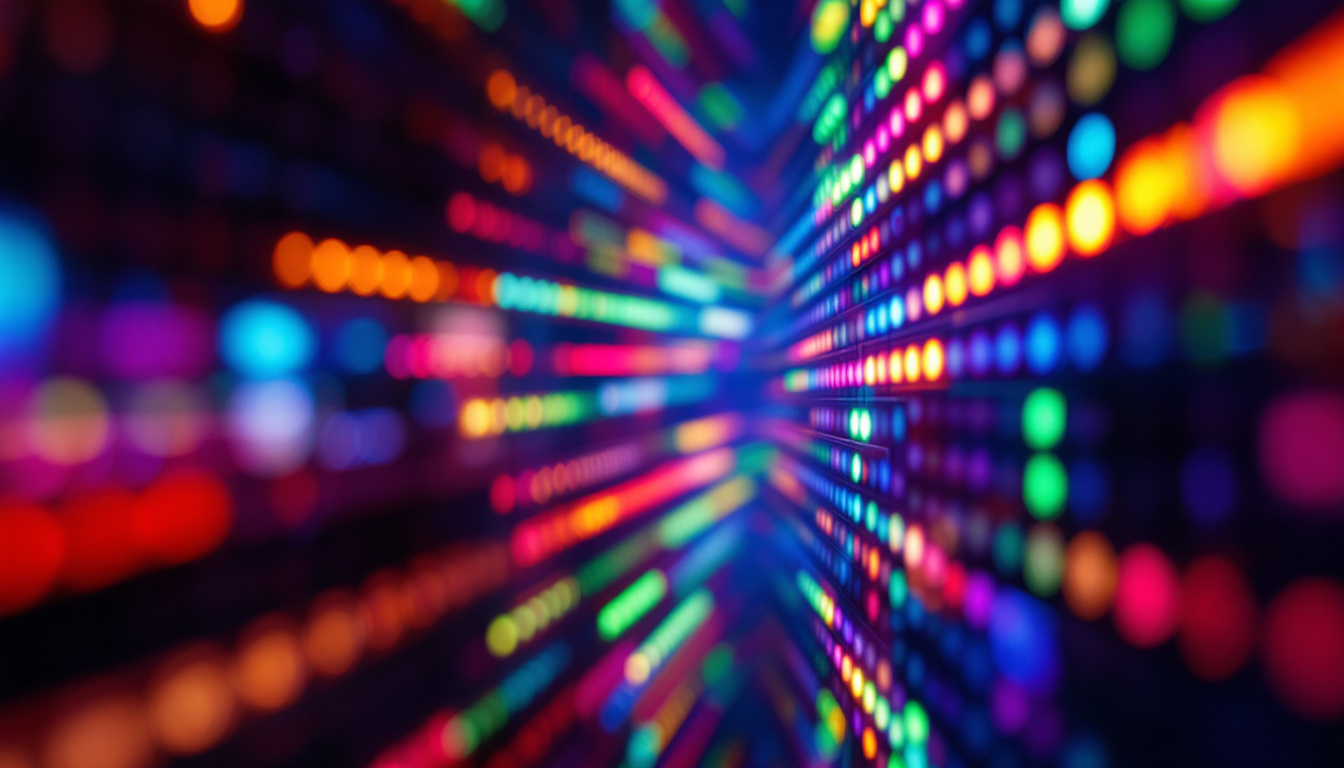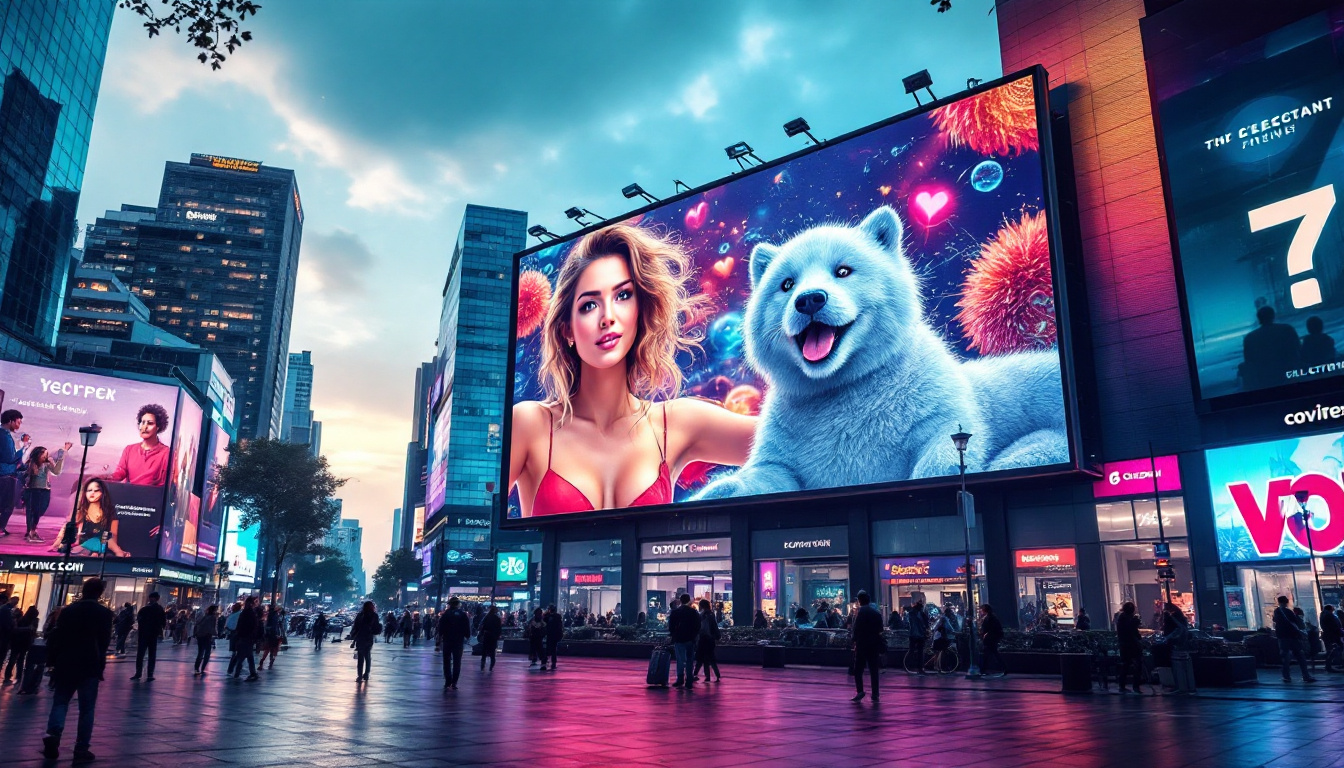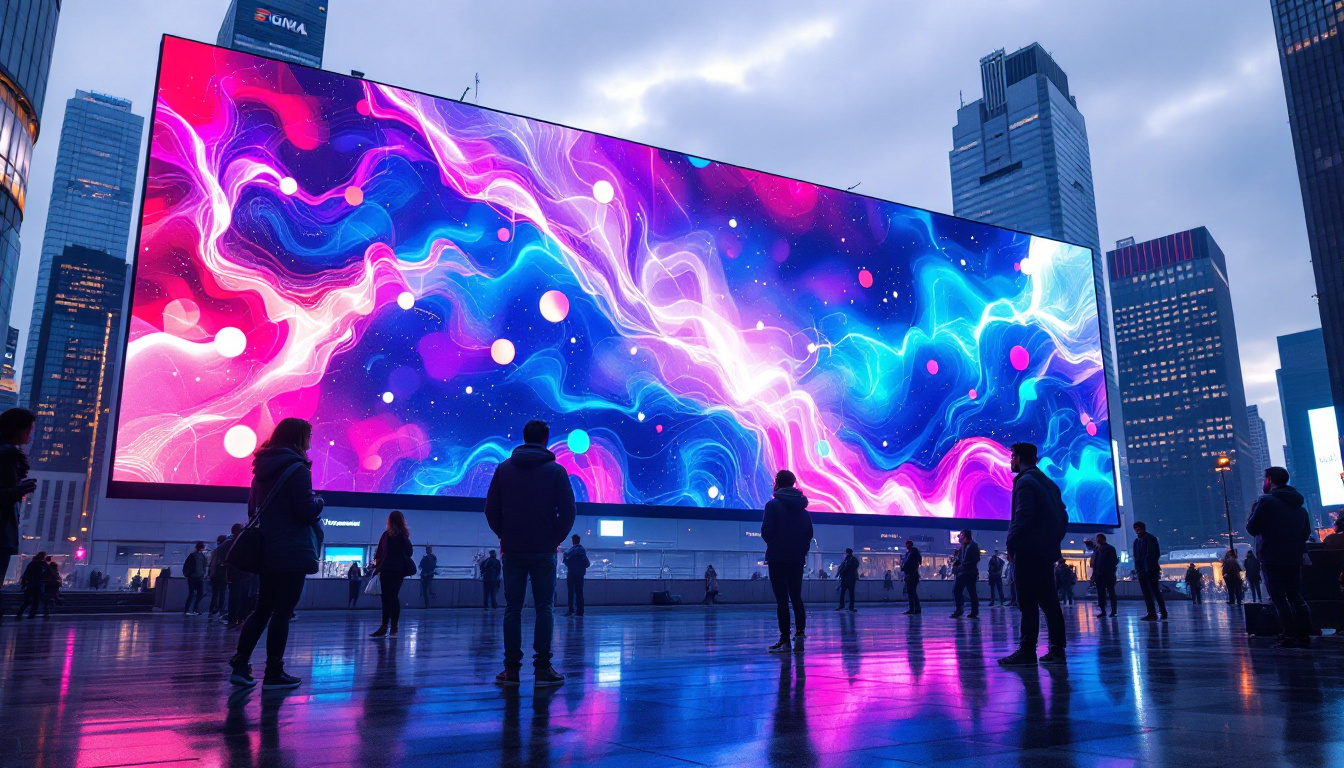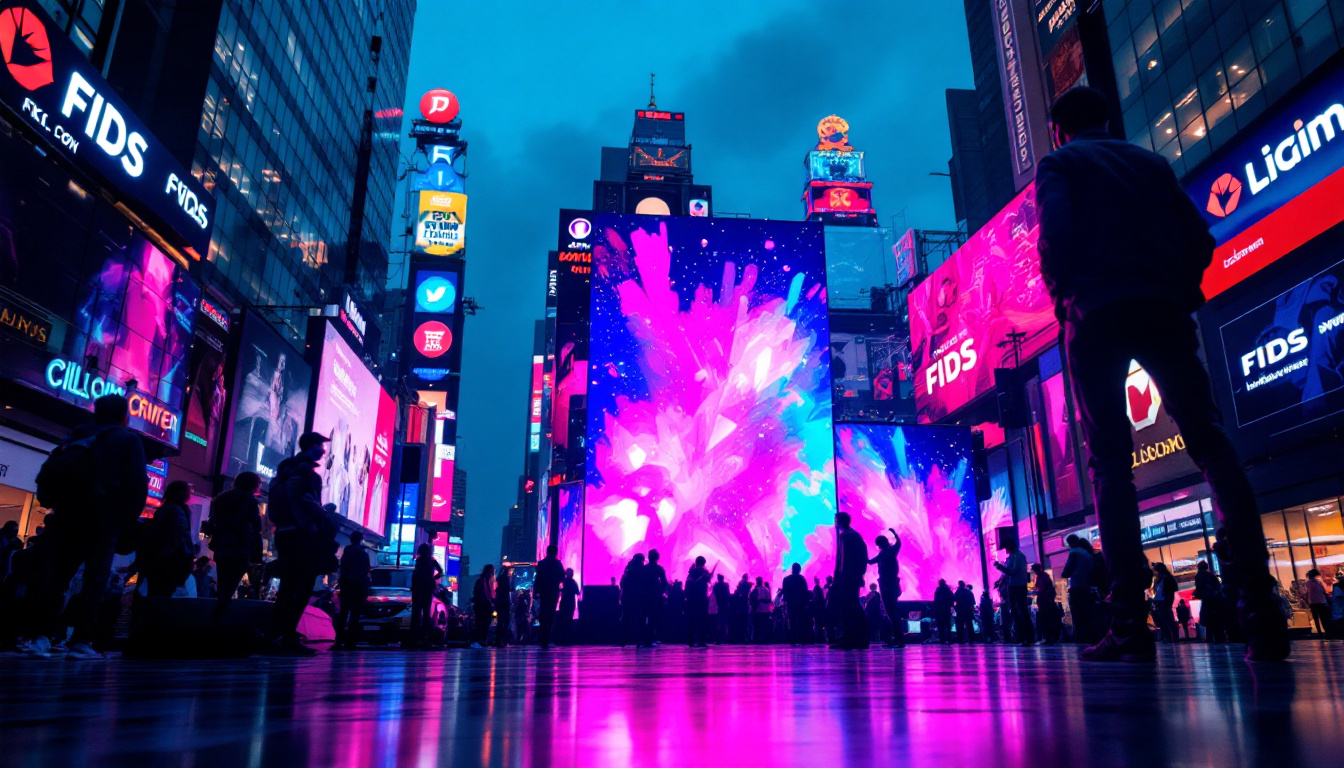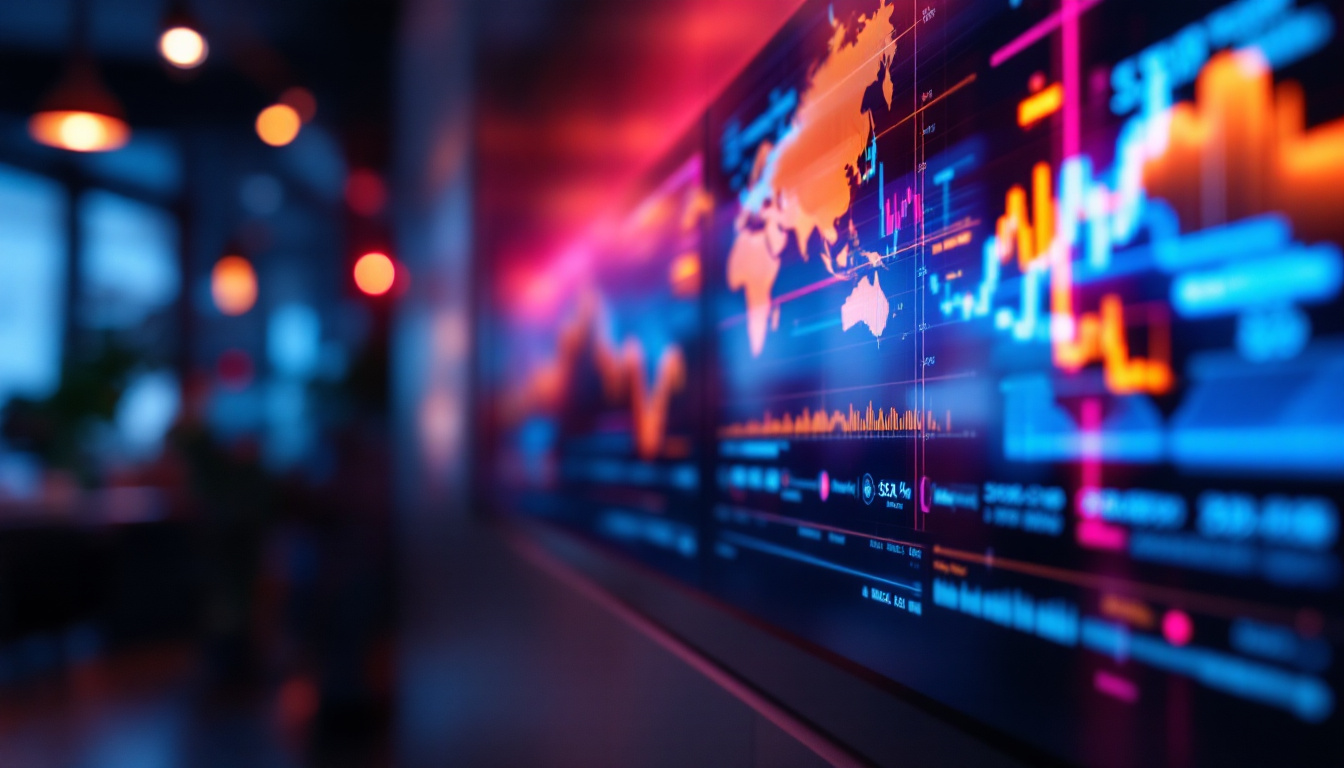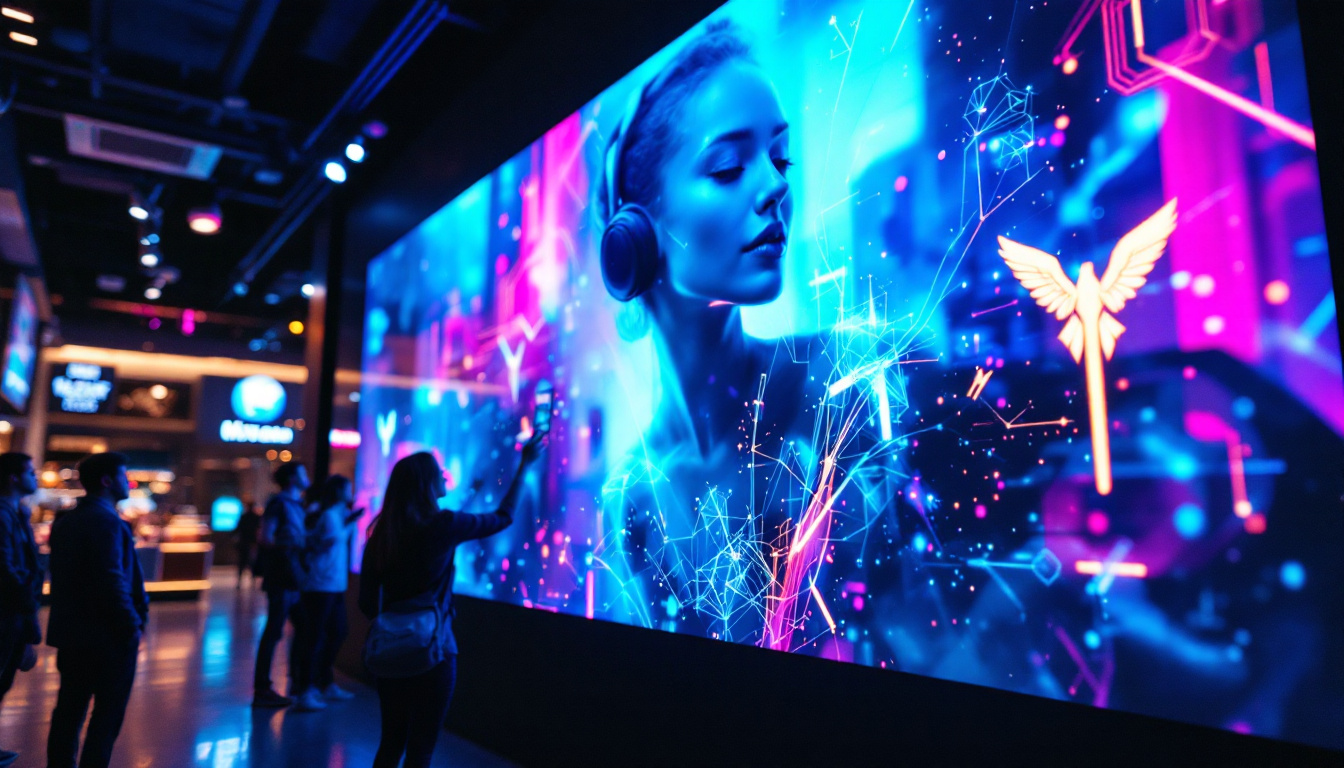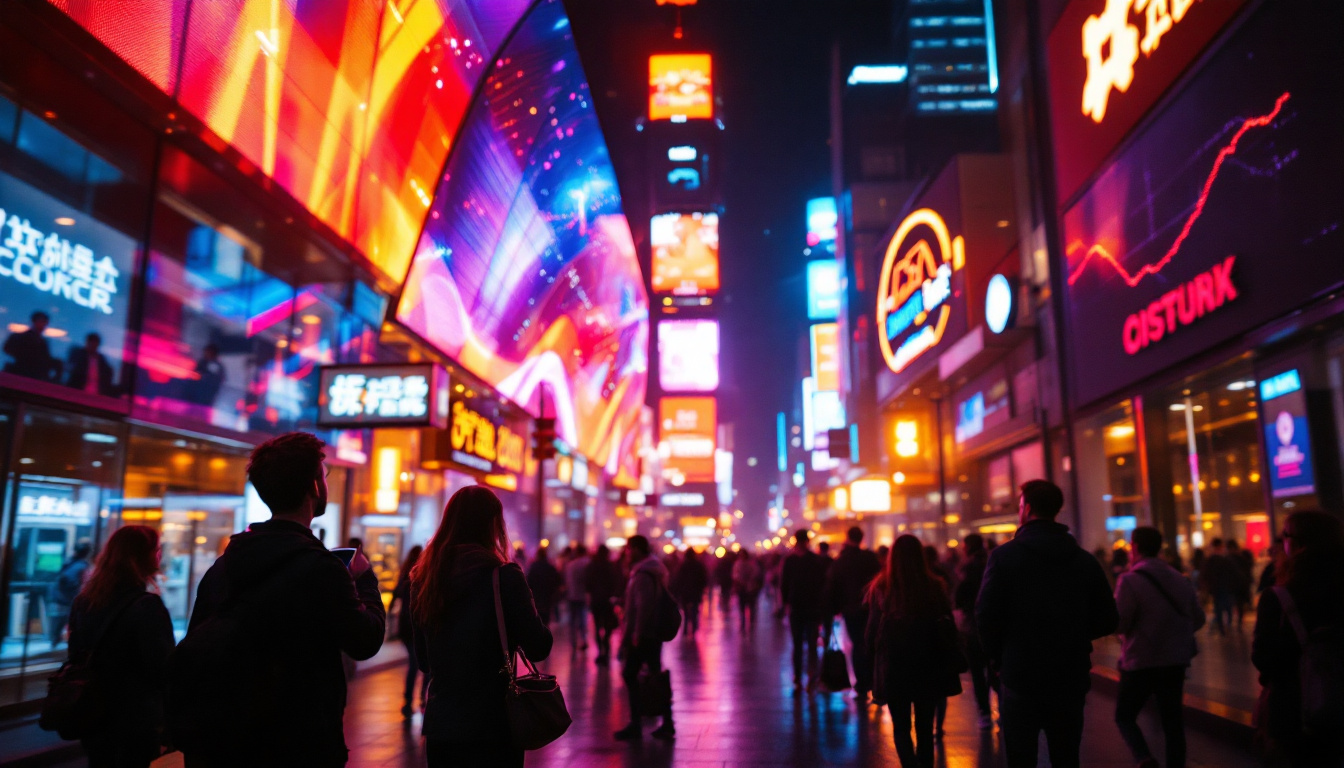In the realm of modern technology, displays play a pivotal role in how we interact with devices. Among the various types of displays, LCD (Liquid Crystal Display) and LED (Light Emitting Diode) technologies have emerged as frontrunners in delivering high-quality visual experiences. This article delves into the intricacies of LCD code and LED displays, elucidating their functionalities, advantages, and applications.
Understanding LCD Technology
Liquid Crystal Displays (LCDs) utilize liquid crystals to modulate light and produce images. This technology has become ubiquitous, found in everything from televisions to smartphones. To appreciate how LCDs work, it’s essential to understand their structure and operation.
How LCDs Function
At the core of an LCD is a layer of liquid crystals sandwiched between two polarizing filters. When an electric current passes through the liquid crystals, they align in a way that either allows light to pass through or blocks it. This manipulation of light creates the images we see on the screen.
Typically, an LCD screen is backlit by LEDs, which provide the necessary illumination. The combination of liquid crystals and backlighting results in vibrant colors and sharp images, making LCDs a popular choice for various applications. The efficiency of LED backlighting has also contributed to the energy savings associated with LCD technology, making it a more environmentally friendly option compared to older display technologies like cathode ray tubes (CRTs). Moreover, advancements in backlighting techniques, such as local dimming and edge-lit designs, have further enhanced the visual performance of LCDs, allowing for deeper blacks and improved contrast ratios.
Types of LCD Displays
There are several types of LCD displays, each with unique characteristics suited for different uses. The most common types include:
- Twisted Nematic (TN): Known for their fast response times, TN panels are often used in gaming monitors. They are particularly favored by competitive gamers who require minimal motion blur during fast-paced action.
- In-Plane Switching (IPS): IPS panels offer better color accuracy and wider viewing angles, making them ideal for graphic design and professional work. Their ability to maintain consistent color reproduction from various angles is crucial for artists and photographers who need to ensure their work appears as intended.
- Vertical Alignment (VA): VA panels excel in contrast ratios and are often used in televisions for deep blacks and rich colors. This makes them particularly suitable for watching movies in dark environments, as they can deliver an immersive viewing experience with enhanced detail in shadowy scenes.
In addition to these common types, there are also specialized LCD technologies such as Super LCD (SLCD) and Advanced Fringe Field Switching (AFFS), which aim to combine the strengths of the aforementioned types while minimizing their weaknesses. SLCD, for instance, enhances color reproduction and reduces power consumption, making it a popular choice for mobile devices. Meanwhile, AFFS offers superior viewing angles and color fidelity, catering to high-end applications where display quality is paramount. As the demand for high-quality displays continues to grow, innovations in LCD technology are likely to evolve, pushing the boundaries of what these screens can achieve.
Exploring LED Technology
Light Emitting Diodes (LEDs) represent a significant advancement in display technology. Unlike traditional LCDs that rely on backlighting, LED displays utilize diodes to emit light directly, resulting in brighter images and improved energy efficiency. This innovation not only enhances the visual experience but also paves the way for more compact and versatile display designs, making them a popular choice in various applications, from consumer electronics to large-scale advertising.
How LED Displays Work
LED displays consist of an array of tiny diodes that emit light when an electric current passes through them. The color of the emitted light depends on the materials used in the diode. By combining red, green, and blue (RGB) diodes, a full spectrum of colors can be produced, allowing for stunning visuals. This RGB combination is fundamental to how screens render images and videos, enabling everything from the subtle gradients in a sunset to the vibrant colors of a video game.
One of the key advantages of LED technology is its ability to achieve higher brightness levels compared to traditional LCDs. This makes LED displays particularly useful in environments with high ambient light, such as outdoor billboards or stadium screens. Additionally, advancements in LED technology have led to the development of various types of displays, including OLED (Organic LED) and MicroLED, which further enhance contrast ratios and color depth, creating an even more immersive viewing experience.
Advantages of LED Displays
LED displays offer numerous benefits over conventional display technologies, including:
- Energy Efficiency: LED displays consume significantly less power, making them environmentally friendly and cost-effective.
- Longevity: LEDs have a longer lifespan compared to traditional bulbs, reducing the need for frequent replacements.
- Brightness and Color Accuracy: LED displays can achieve higher brightness levels and more vibrant colors, enhancing the viewing experience.
Moreover, LED technology is highly adaptable, allowing for flexible designs that can be used in various formats, such as curved screens and large video walls. This versatility has made LEDs the go-to choice for modern advertising, where dynamic content can be displayed in real-time to capture audience attention. Furthermore, the rapid advancement in LED technology continues to drive innovation, with ongoing research focused on improving color fidelity, reducing costs, and enhancing the overall user experience.
In addition to their use in displays, LEDs are also making waves in the realm of general lighting. Their ability to produce bright, focused light while consuming minimal energy has led to their widespread adoption in residential, commercial, and industrial settings. This shift not only contributes to lower electricity bills but also supports global efforts to reduce carbon footprints, showcasing the broader impact of LED technology beyond just screens and displays.
The Intersection of LCD and LED Technologies
While LCD and LED technologies are often discussed separately, they are not mutually exclusive. In fact, most modern LCD screens utilize LED backlighting, combining the advantages of both technologies.
LED-Backlit LCDs
LED-backlit LCDs use LEDs to illuminate the liquid crystal layer, resulting in improved brightness and contrast compared to traditional fluorescent backlighting. This hybrid approach has revolutionized the display market, providing consumers with high-quality visuals at a lower cost.
There are two primary types of LED backlighting: edge-lit and full-array. Edge-lit displays have LEDs positioned along the edges of the screen, while full-array displays have a grid of LEDs behind the entire screen. Full-array displays generally offer better contrast and uniformity, making them preferable for high-end applications.
Applications of LCD and LED Displays
The versatility of LCD and LED technologies allows them to be utilized in a wide range of applications:
- Televisions: Both LCD and LED technologies dominate the television market, providing consumers with options for every budget and preference.
- Smartphones: The majority of smartphones utilize LCD or LED screens to deliver vibrant visuals and responsive touch interfaces.
- Advertising: LED displays are widely used in outdoor advertising, thanks to their brightness and ability to attract attention.
LCD Code: The Technical Side of Displays
understanding the technical aspects of LCD code is crucial for developers and engineers working with display technologies. LCD code refers to the programming instructions that control how images are rendered on LCD screens.
Basic LCD Code Structure
LCD code typically involves a set of commands that dictate how the display behaves. These commands can include instructions for initializing the display, setting pixel colors, and refreshing the screen. The code often interacts with microcontrollers or graphics processing units (GPUs) to ensure smooth operation.
For instance, an LCD library in programming languages such as C or Python may provide functions to control the display. These functions might include commands to set the cursor position, write text, or draw graphics.
Common Libraries and Frameworks
Several libraries and frameworks facilitate the development of applications that utilize LCD displays. Some of the most popular include:
- Arduino LCD Libraries: These libraries simplify the process of interfacing with LCD screens, making it easier for hobbyists and developers to create projects.
- Processing: This flexible software sketchbook and language allows for visual arts and graphics programming, often used in conjunction with LCD displays.
- OpenGL: A powerful graphics API that enables developers to create complex graphics and visual effects on LCD and LED displays.
Future Trends in Display Technology
The display technology landscape is constantly evolving, with new innovations emerging regularly. As LCD and LED technologies continue to advance, several trends are shaping their future.
MicroLED Technology
MicroLED technology is poised to revolutionize display technology by combining the best features of LCD and LED. MicroLED displays consist of tiny, self-emissive LEDs that can produce high-quality images without the need for backlighting.
This technology promises to deliver superior brightness, contrast, and color accuracy, along with reduced power consumption. As MicroLED technology matures, it is expected to find applications in various sectors, from consumer electronics to large-scale displays.
Flexible and Foldable Displays
Another exciting trend is the development of flexible and foldable displays. These displays utilize advanced materials and technologies to create screens that can bend and fold without compromising image quality.
Flexible displays have the potential to transform the design of smartphones, tablets, and wearable devices, allowing for innovative form factors and user experiences. As manufacturers continue to explore this technology, consumers can expect to see more versatile devices in the future.
Conclusion
LCD and LED technologies have significantly impacted the way we experience visual content. With their unique characteristics, they cater to a wide array of applications, from entertainment to professional use. Understanding the underlying principles of LCD code and display operation is essential for developers and engineers in this rapidly evolving field.
As advancements continue to reshape the landscape of display technology, the future holds exciting possibilities. From MicroLEDs to flexible displays, the next generation of screens promises to deliver even more immersive and engaging experiences. As technology progresses, staying informed about these developments will be crucial for anyone involved in the tech industry.
Discover Cutting-Edge LED Displays with LumenMatrix
As you consider the advancements and future of display technology, take the opportunity to experience the forefront of innovation with LumenMatrix. Our extensive range of LED display solutions, from Indoor and Outdoor LED Wall Displays to specialized options like Vehicle and Sports Displays, are designed to captivate and engage your audience. Whether you’re looking to enhance brand visibility or create immersive visual experiences, LumenMatrix is committed to revolutionizing visual communication. Check out LumenMatrix LED Display Solutions and see how our state-of-the-art technology can empower your business to communicate with impact and clarity.

